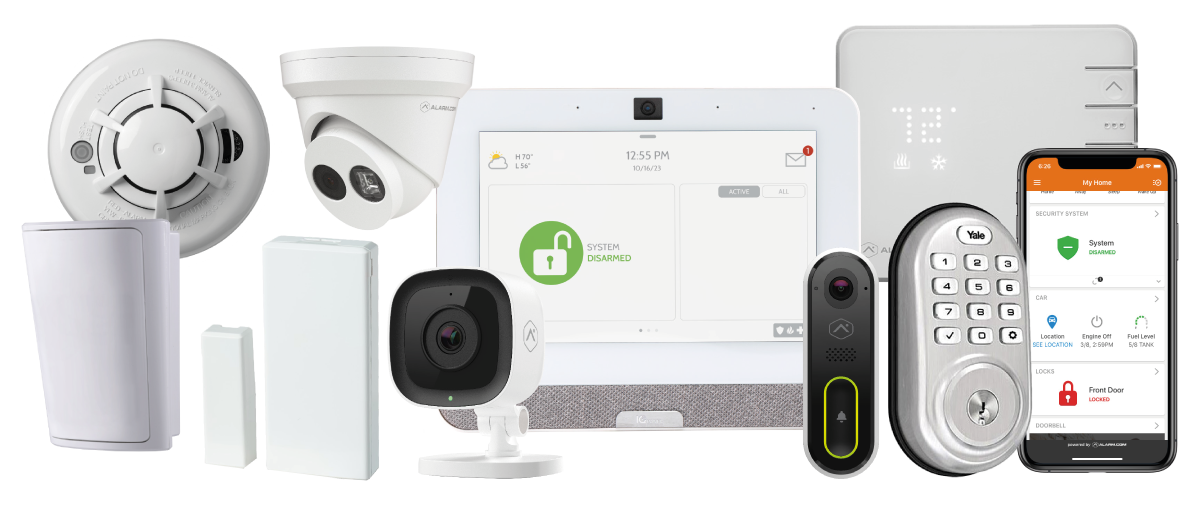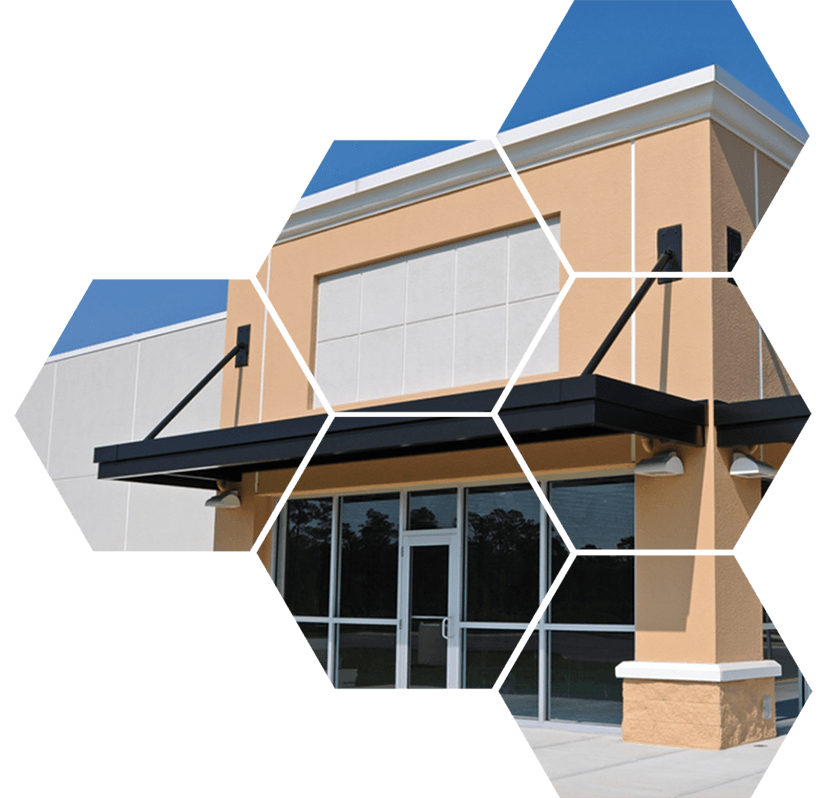How is a Door Access Control System Installed?
Installing a door access control system involves a series of well-coordinated steps to ensure seamless system integration and optimal security for your premises.
- Professional Assessment: Our identity and access management experts conduct an on-site evaluation to identify your specific security needs. They analyze access points, high-traffic areas, and sensitive zones to design a customized access control solution tailored to your building’s requirements.
- Team of Experts: Sting Security’s skilled professionals manage the design, installation, and maintenance of the access control system. They ensure that each component, from controllers to access hardware, is properly implemented and functions reliably within your building’s operating systems.
- Compatibility with Legacy Systems: The new access control system is seamlessly integrated with your existing infrastructure, including legacy systems such as older CCTV or alarm systems. This system integration allows for upgrades without requiring a complete overhaul, minimizing operational disruptions and maintaining continuity of security operations.
- Installation and Testing: Our technicians install devices such as card readers, biometric scanners, and keypads at designated access points. These devices are connected to a central control panel and integrated with your network for comprehensive monitoring. The system undergoes thorough testing for functionality, and your team receives training to effectively manage and operate the access control system using access control software.
Components of Professional Door Access Control Systems
- Credentials – Key fobs, access cards, or biometric identifiers authenticate users.
- Readers or Scanners – Verify credentials at each access point.
- Control Panel – The central hub that processes access permissions.
- Software Management – Access control software allows administrators to control users and access settings.
- Locking Mechanisms – Electromagnetic locks secure doors, releasing upon authorization.
- Network Integration – Enables communication between components for remote monitoring and alerts.
What Are the Different Types of Access Control Systems?
Access control systems encompass a variety of technologies and methods to manage and secure access to facilities. These include:
- Access Cards – Traditional key cards that grant entry based on predefined access rights.
- Bluetooth Access Control – Utilizes Bluetooth-enabled devices for wireless access management.
- Biometric Access Control – Employs biometric readers such as fingerprint scanners and facial recognition for enhanced user authentication.
- RFID Access Control Technology – Uses RFID tags and readers to verify user credentials electronically.
- Mobile Access Platforms – Leverages smartphones and mobile credentials for convenient and secure access management.
Each type of access control system offers different levels of security and authentication capabilities.
Access cards and mobile access solutions are popular for their ease of use and flexibility, while biometric credentials and facial recognition technologies provide heightened security for sensitive areas. Sting Security provides tailored access control systems, incorporating various access control technologies to meet the specific security requirements of businesses and properties.
Are Access Control Systems Economical in the Long Run?
While access control systems involve an initial investment, they provide substantial long-term cost savings:
- By eliminating the recurring costs of physical key replacements and minimizing the risks of theft or vandalism, door access control systems reduce costs for businesses.
- Features such as remote management capabilities and integrated access control software streamline administrative tasks, reducing labor costs and improving operational efficiency.
- The reduction in unauthorized access and intrusions contributes to lower insurance premiums and potential loss prevention.
Overall, the efficiency, security enhancements, and reduced maintenance costs make access control systems a cost-effective and economical choice for organizations and property owners over time.
How Does an Access Control System Operate?
An access control system operates by verifying user identification and managing access rights through various authentication methods. When a user attempts to access a secured area, they present their credentials via card readers, biometric readers (such as fingerprint or facial recognition scanners), or RFID-enabled devices. The system’s access controller then communicates with the access control software and database systems to authenticate the user’s identity and verify their permissions against the access control list (ACL). If the credentials are validated and the user has the necessary authorization, the control panel signals the locking mechanism to grant access. Conversely, if the credentials are invalid or the user lacks the required permissions, access is denied, and the system may trigger alerts to notify administrators of potential unauthorized access attempts. These processes enable real-time access management and monitoring, ensuring that only authorized individuals can enter secure areas and maintain the security and integrity of the premises.
What is the Cost of Installing an Access Control System?
The cost of installing an access control system depends on several factors, including the type of access control technology chosen, the number of access points, the complexity of system integration, and the specific access control solutions required.
Basic systems utilizing key cards or access cards can be more affordable, whereas advanced access control systems incorporating biometric credentials, facial recognition, and integrated video surveillance systems may incur higher costs. Additional expenses may include access control hardware, access control software licenses, installation fees, and ongoing maintenance and support. For businesses, properties, and enterprise organizations, investing in modern access control technologies ensures comprehensive security and protection, providing long-term value through enhanced security measures and reduced operational risks.


